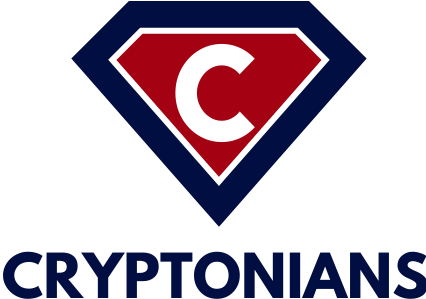The rise of NFTs must be accompanied by further decentralization

NFTs are useful for a wide range of everyday payment/transaction purposes — but first, there needs to be more decentralization.
The rise of the nonfungible token (NFT) has been a sight to behold, with the market seemingly garnering an increased amount of mainstream traction with each passing day. To put things into perspective as to how big this space has actually become, conservative estimates suggest that the amount of money that has entered into this fast-evolving sector currently totals above $500 million.
Another way to gauge the impact that NFTs have had on the global economy is by looking at the diverse range of artists, celebrities, musicians — basically just about anyone, at this point — that have adopted this technology. For example, thrash metal pioneers Megadeth recently became one of the latest adopters of NFTs, allowing supporters to purchase unique collectibles that are officially endorsed by the band. This just goes to show how widespread the reach of this technology has become almost overnight.
Additionally, what makes NFTs so unique is the fact that they cannot be swapped for other tokens in a mutually interchangeable fashion. This is contrary to both how most fiat assets work — i.e., a U.S. dollar can be swapped for a variety of goods — as well as how most cryptocurrencies, like Bitcoin (BTC) and Ether (ETH), function.
As a result of this unique ability of theirs, NFTs can serve as excellent mediums of ownership, allowing individuals to seamlessly purchase a wide array of things ranging from digital art to music to even real estate.
Related: How NFTs, DeFi and Web 3.0 are intertwined
NFTs need a more decentralized environment to thrive
As the nonfungible token market continues to thrive, it stands to reason that more and more people will continue to move towards the use of highly decentralized blockchains that offer a high level of data transparency and flexibility to their users in terms of trading NFTs, especially when compared with centralized solutions such as Rarible, OpenSea, Binance NFT, etc.
Today there are Byzantine fault tolerant (BFT) cluster-based blockchains that have been tailor-made for handling NFT database management duties. A decentralized database can provide users streamlined access to a data delivery network that ensures a high level of protection from data breaches, network failures and performance troubles — all issues that currently plague the global NFT ecosystem in a big way.
Related: The role of decentralized networks in a data-abundant, hyperconnected world
On a technical note, it should be pointed out that while most NFTs today have been built atop the Ethereum network, the ecosystem is currently facing some serious congestion issues as well as problems related to high gas fees. Most recently, it was being reported that the average price of facilitating a transaction on the Ethereum network (between the end of February and March) was hovering around the $16–$20 range.
Lastly, it is pertinent to note that while most developers today still continue to rely on centralized databases (such as those provided by Amazon Web Services and Microsoft), the fact of the matter remains that these databases feature a centralized point of failure and are thus prone to various third-party intrusions and threats.
The future looks bright for NFTs
With more and more money — be it retail or institutional — entering the NFT market with each passing day, many experts believe that this space will fairly quickly transform into a multi-billion dollar industry, whose use cases will spread far beyond the scope of just art and music ownership.
Related: Art reimagined: NFTs are changing the collectibles market
Also, it stands to reason that, in the future, we might see NFTs being used for a wide range of everyday payment/transaction purposes — such as buying clothing, shopping at supermarkets, etc. — since these tokens possess the innate ability to link a person’s identity with their purchased items, thus making refunds and product swaps easier and more hassle free.
Furthermore, with the COVID-19 pandemic continuing to rage on across the globe, many governments are already promoting the use of contactless technologies within their borders. This may be another reason why NFT adoption could rise quite significantly in the months and years ahead.
In closing, to chart out the meteoric rise of these digital offerings, we can see that many prominent NFT marketplaces have recently witnessed record high transaction volumes. For example, OpenSea’s monetary in/outflow volume spiked by a whopping 1,400% since the start of the year, while Rarible’s total trade volume increased by 634% over the last couple of months.
This article does not contain investment advice or recommendations. Every investment and trading move involves risk, and readers should conduct their own research when making a decision.
The views, thoughts and opinions expressed here are the author’s alone and do not necessarily reflect or represent the views and opinions of Cointelegraph.

